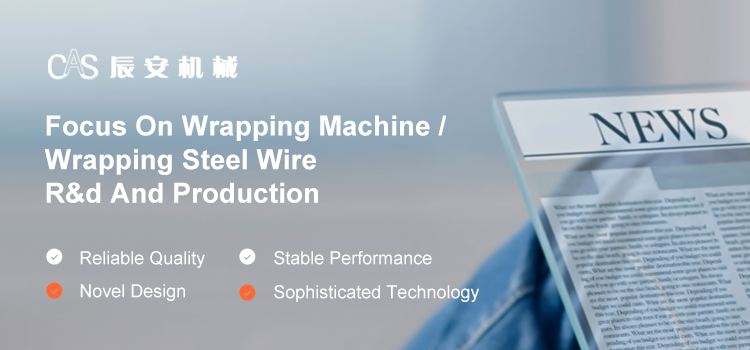What Factors need to be Considered When Selecting Binding Wire Materials
When selecting binding wire materials, multiple factors need to be considered to ensure that the selected material can meet the requirements of specific application scenarios. Here are some key factors to consider:
1. Strength and durability: The binding wire material needs to have sufficient strength and durability to withstand the expected tension, pressure, or weight. This depends on the application scenario, such as heavy equipment in industrial environments or frequently used consumer goods.
2. Corrosion resistance: If the binding wire material will be exposed to corrosive environments (such as chemicals, moisture, salt spray, etc.), it is necessary to choose a material that can resist these corrosive factors.
3. Temperature adaptability: Different binding wire materials have different tolerance ranges for temperature. The binding wire material used in high or low temperature environments needs to be able to maintain its physical properties and strength.
4. Electrical performance: If the binding wire material is used in electronic or electrical equipment, its electrical performance, such as insulation, conductivity, or electromagnetic shielding performance, needs to be considered.
5. Environmental Protection and Safety: Select materials that comply with environmental regulations and ensure that they do not pose a threat to human health or the environment during use and handling.
6. Cost and Economic Benefits: Consider the cost of binding wire materials, as well as their maintenance and usage costs throughout the entire product lifecycle. Choose materials with high cost-effectiveness.
7. Usability: Consider the usability of the binding wire material, including its flexibility, bendability, knottability, or quick installation characteristics.
8. Aesthetics: In some applications, the aesthetics of binding wire materials are also a factor to consider, such as household items, electronic product casings, etc.
9. Size and weight: Choose the appropriate size and weight of the binding wire material according to the application scenario. In fields such as aviation and automotive, weight is a key factor.
10. Regulations and Standards: Ensure that the selected binding wire materials comply with industry standards and regulatory requirements, especially in the fields of medical and food packaging.
11. Long term stability: The binding wire material should remain stable during long-term use and not be prone to aging, breakage, or loss of performance.
12. Flame retardancy: In certain applications, such as cables, wires, etc., flame retardancy is an important safety consideration.
Qingdao Chenan Machinery Co., Ltd. has the advantage of developing and producing rubber winding equipment, with higher technology than various equipment assembly manufacturers in the industry. For more information about binding wire material, please contact us.
Company: Qingdao Chenan Machinery Co., Ltd.
Address: Yanjialing Industrial Park, East Chengma Road, Tongji New Economic Zone, Jimo District, Qingdao City, Shandong Province
Email: qdcajx@gmail.com

Recommended
12-25What are Some Suggestions PET Coated Wires for Sale?
12-24Advantages of Nylon Coated Wire Compared to other Materials
12-18Key Points for Selecting PET Coated Wire Mesh
12-17How to Judge the Quality of Nylon Coated Wire Supplier
12-11How to Judge the Quality of PET Coated Wire Manufacturer
12-10How to Judge the Product Quality of Nylon Coated Wire Factory









